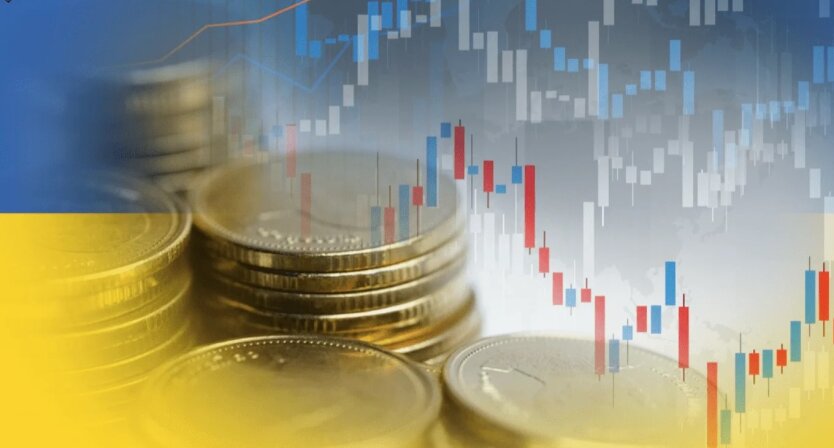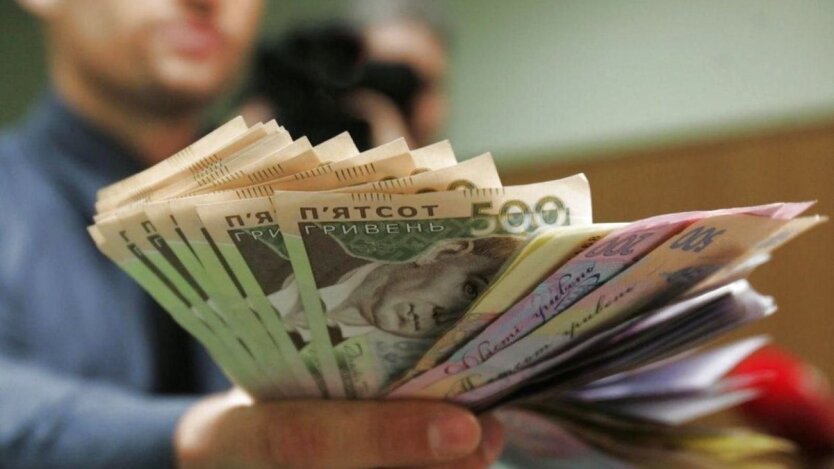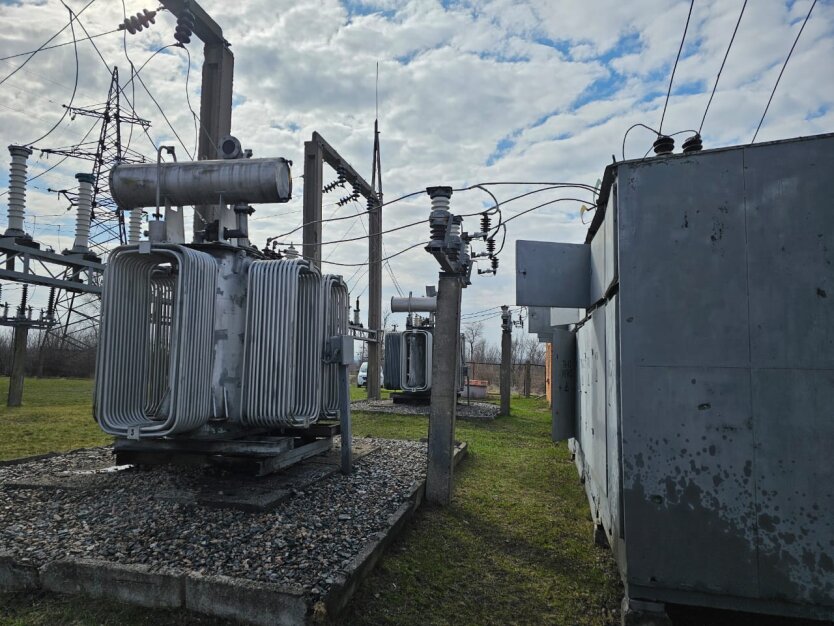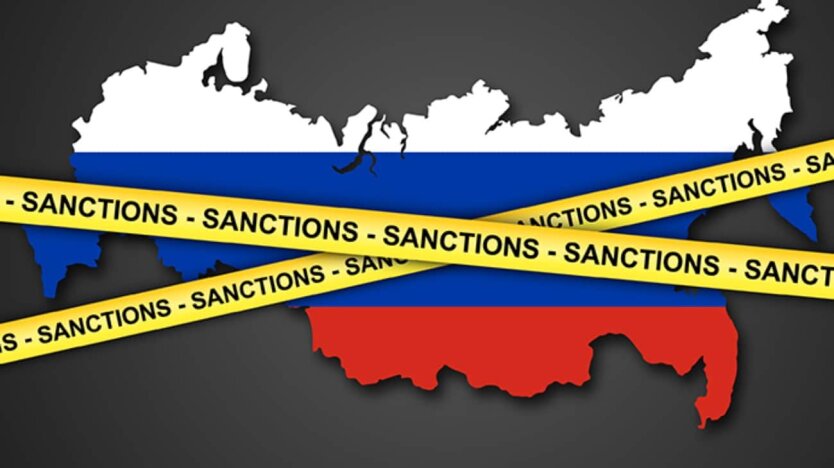NBU reveals the real scale of food price increases: what will happen next.
18.02.2025
1780

Journalist
Shostal Oleksandr
18.02.2025
1780

In Ukraine last year, consumer prices rose by 12% due to the increase in food prices caused by poor harvests. The National Bank of Ukraine reported that the war and Russian attacks on energy infrastructure also impacted price increases. Additionally, the depreciation of the hryvnia affected price dynamics.
Vegetables, flour, cereals, dairy products, and some fruits saw the highest price increases. Cigarette prices also rose due to increased excise duties. Tariffs for heating, gas, and hot water remained unchanged, while prices for clothing and footwear either did not change or even decreased.
The National Bank of Ukraine predicts that high inflation will not be long-lasting and will begin to slow down by summer. It is expected that increased harvests will contribute to a decrease in food prices.
The National Bank stated: 'For its part, the NBU will support stable conditions in the currency market and ensure the protection of hryvnia savings from inflationary depreciation.' The regulator expects inflation to decrease to 8.4% in 2025 and reach the target rate of 5% in 2026.
Read also
- Drivers shown new gas station prices: where refueling has become unprofitable
- Contribution of 1760 hryvnias: the Pension Fund of Ukraine revealed how to affect the pension
- Ukrainian hospitals will be divided into clusters: how this will affect patients
- The Energy Fund increased procurement volumes of equipment for Ukraine
- The European Union has extended certain sanctions against Russia: deadlines announced
- Behind the wheel is not allowed: drivers are deprived of their rights for evading mobilization










